Inside this Article
Features
ActiveCampaign Is a Bit More Versatile Than Drip
The first thing I usually look for in an EMS is a decent template selection. ActiveCampaign kept me happy with its 125+ vibrant yet minimalistic designs.
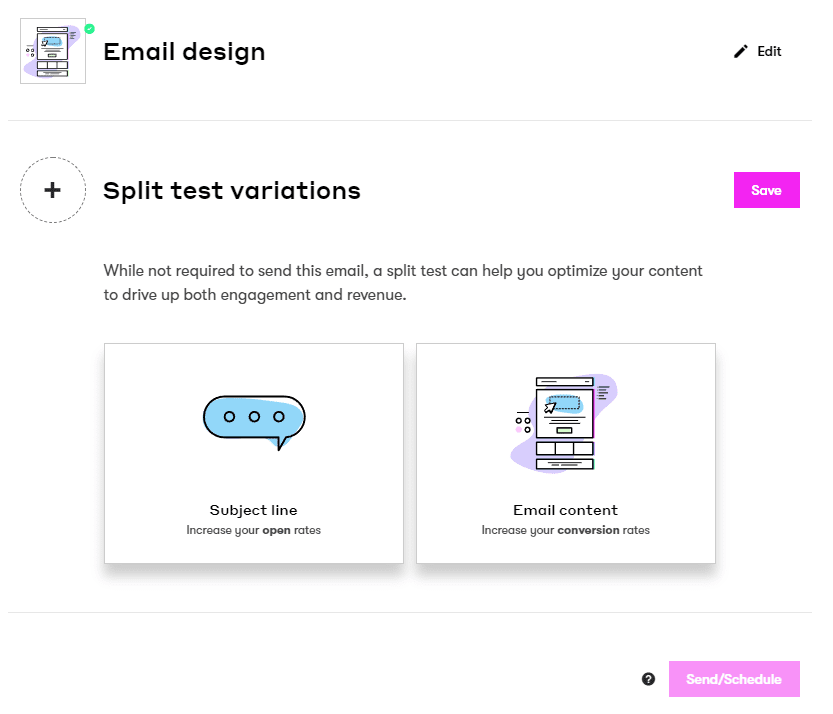
Ease of Use
Both Services Provide an Excellent User Experience
I had a tough time picking a winner in this round – which doesn’t happen often. On the one hand, Drip comes with a clean, beautiful interface that makes navigation a breeze. It also features an intuitive drag-and-drop builder that loads fast, looks modern, and gets the job done. ActiveCampaign’s user interface feels a bit more cluttered, but that’s to be expected, considering it comes with added CRM and sales features. Its drag-and-drop builder is easy to use, and you can easily have your first automated email campaign up and running in less than thirty minutes.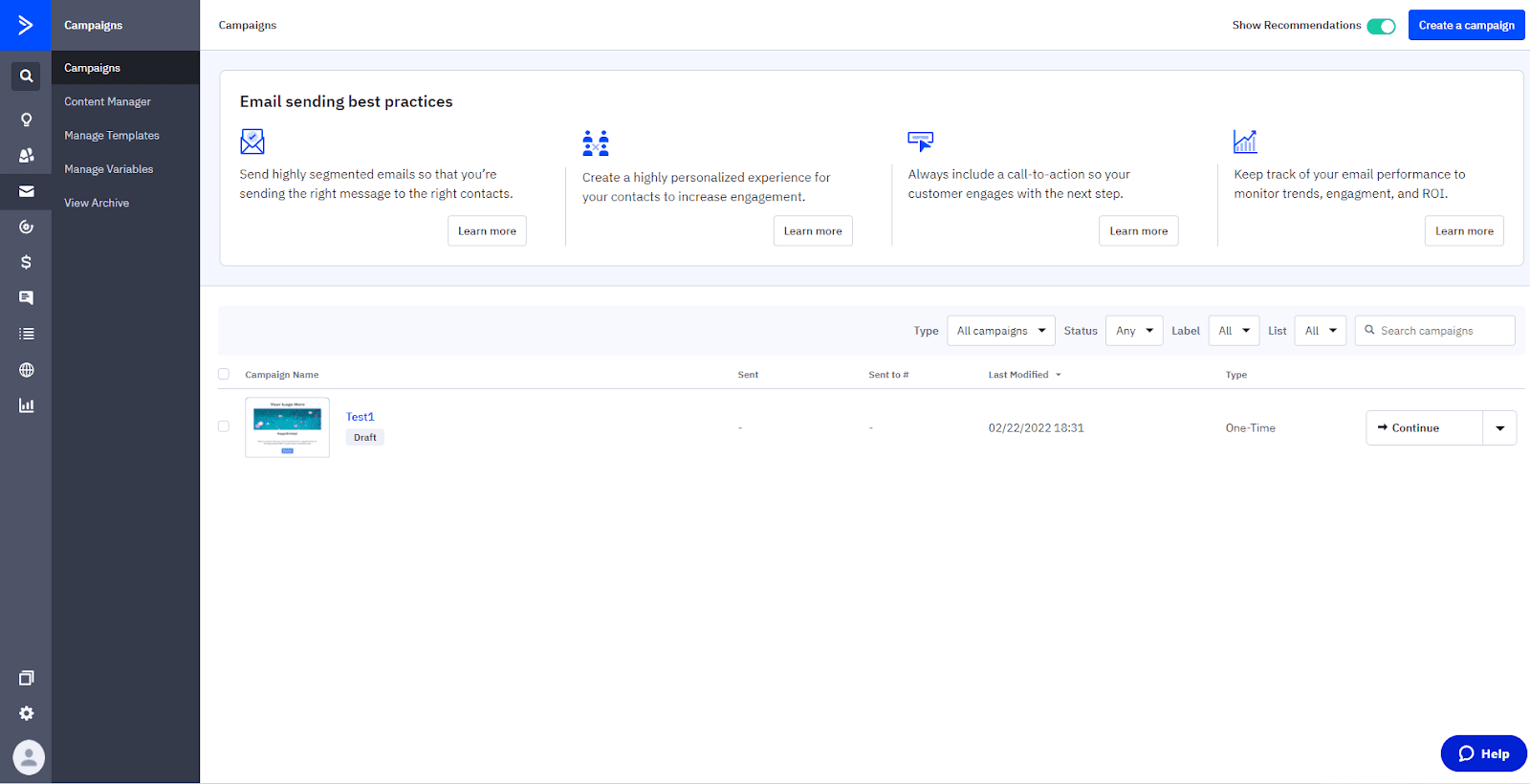
Deliverability
ActiveCampaign Has Slightly Better Deliverability Rates Than Drip
After spending an unhealthy amount of time designing my emails, I want to know whether my messages will reach my subscribers. A high deliverability rate is always a good sign, but percentages don’t always tell the whole truth. Why? Let’s say I use ActiveCampaign to send 1,000 emails, and 910 of those reach my subscribers’ inboxes – that seems like a deliverability rate of 91%. Unfortunately, that number says more about me as a marketer than it does about ActiveCampaign as a platform. There are too many variables to know whether I’d see the same result with a different email. Here at Website Planet, we do things a bit differently. Instead of calculating arbitrary numbers, we look at features we know can improve deliverability. My colleague even put together a guide that explains what you can actually do to improve your deliverability – you’re welcome. The first thing to check for is DKIM authentication. DKIM is how email service providers (such as Gmail and Hotmail) can tell that it’s really you sending your emails. ActiveCampaign has DKIM, and Drip has DMARC, which is based on DKIM. If all this sounds too technical, you don’t need to worry – you’ll find helpful setup guides on both platforms’ websites.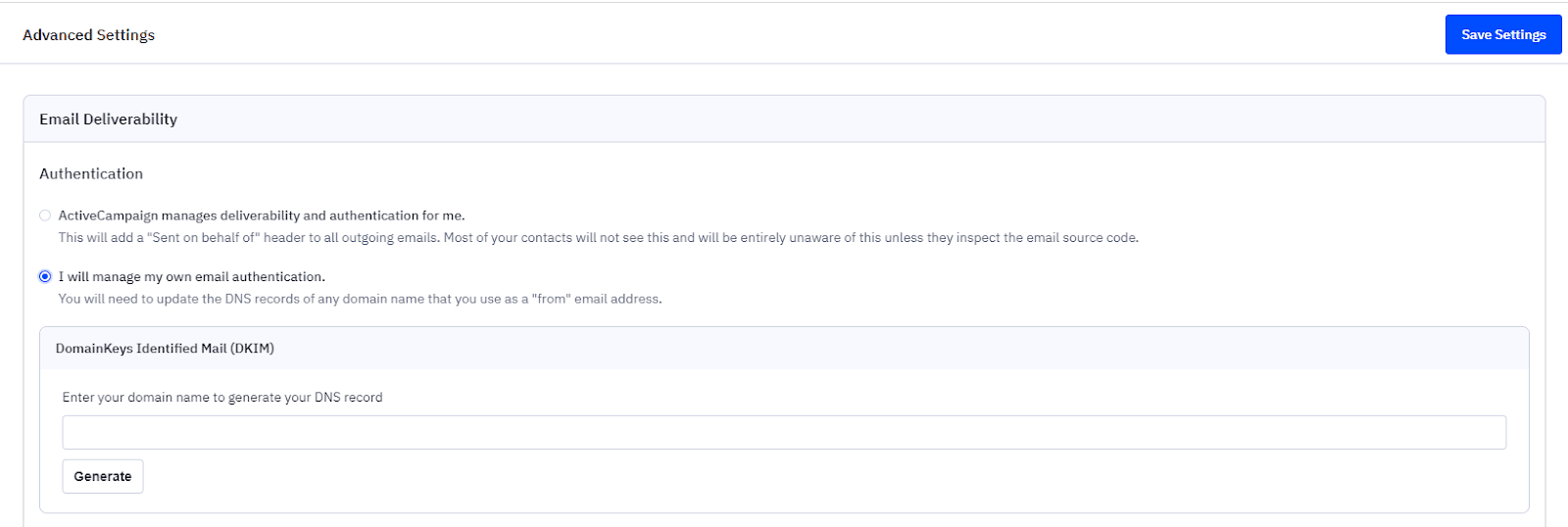
Reporting and Analytics
ActiveCampaign’s Analytics Suite Is a Bit More Advanced
Data and statistics can’t be missing from any serious email marketing platform. Fortunately, both ActiveCampaign and Drip can quickly tell you all you need to know. Let’s take a look at ActiveCampaign first. All you need to do is look at my colleague’s ActiveCampaign review and see that it gets a near-perfect score for its reporting tools. You can generate reports on all email campaigns, automation workflows, and contacts with a click of a button. You can even set personal goals in the admin interface and track them through the Reports tab.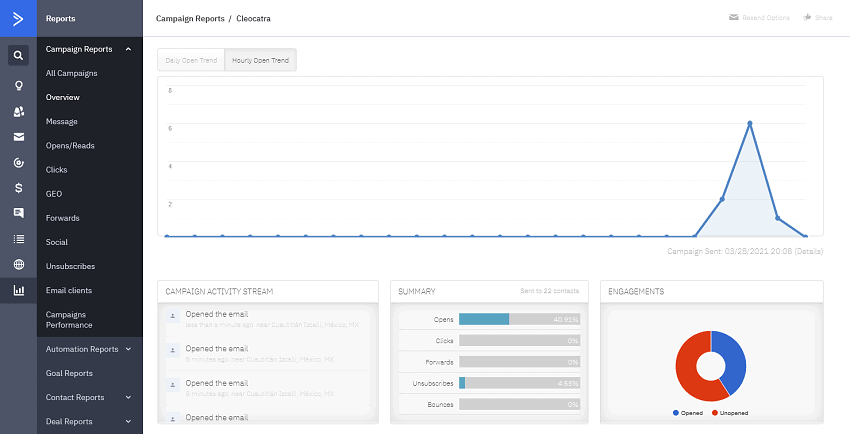
Pricing
Activecampaign Offers Plenty of Value … Drip’s Pricing Structure Is a Bit Confusing
ActiveCampaign isn’t the cheapest EMS around, but it’s competitively priced for what it offers. Drip charges more than top competitors but doesn’t necessarily deliver more.Here’s What You Get for Free
Unfortunately, neither platform offers a free plan. ActiveCampaign’s 14-day trial will let you test most of its premium features, but it’s pretty restrictive – you’re only allowed to send a maximum of 100 emails to 100 contacts. With Drip’s 14-day trial, you can test all of the platform’s features, but you’ll be limited to 500 email sends.Here’s What You Get If You Pay
ActiveCampaign offers four paid plans, with each tier unlocking more features. The Lite plan starts at $15.00/month for 500 contacts. This starter plan comes with everything you need to get started with email marketing, including email templates, marketing automation, and reporting. You can unlock most of ActiveCampaign’s more advanced features with the Plus plan, starting at $49.00/month for 500 contacts. Features include landing pages, contact scoring, SMS marketing, and conditional content. The professional plan throws predictive sending, marketing automation, and split automations into the mix and starts at $79.00/month for 500 contacts. If you’re a large business owner and want a custom domain, custom reporting, phone support, and other premium perks, take a look at the Enterprise plan. Drip offers one premium plan that scales based on the number of subscribers you have and the number of SMS messages you want to send each month. It starts at $39.00/month for 500 contacts and includes all features. At first glance, you’ll notice that Drip’s premium plan is comparable to ActiveCampaign’s Lite plan – they share similar features. However, once you exceed 5,000 contacts, Drip begins charging quite a bit more than ActiveCampaign. But that’s not the most bizarre thing about Drip’s pricing structure. For some reason, Drip limits email sends once you exceed 30,000 contacts. What’s that about? Drip’s premium plan offers great value for money if you have an online store and are big on SMS marketing. In all other cases, ActiveCampaign’s Lite plan will end up costing you less. Check out this comparison table:| ActiveCampaign Lite | Drip | |
|---|---|---|
| $15.00/month for 500 contacts | $39.00/month for 500 contacts | |
| Templates | 125+ | 23 |
| Segmentation | ✔ | ✔ |
| Advanced Automation | ✔ | ✔ |
| SMS Marketing | ✘ | ✔ |
| Advanced Reporting | ✔ | ✔ |
| Sign-up Forms | ✔ | ✔ |
| Subscriber Scoring | ✘ | ✔ |
| Support | Live chat, email |
Support
Drip’s Representative Was Helpful … ActiveCampaign Ghosted Me
Navigating a new piece of software isn’t always smooth sailing. Knowledge bases and other online resources are good to have, but I always like to know Ican communicate with an actual human if I get stuck. ActiveCampaign and Drip offer email support on all their plans, so I contacted both teams with the same question: Does ActiveCampaign/Drip support languages written from right to left (RTL), such as Hebrew and Arabic? Drip got back to me within a few hours. And as you can see in our Drip review, my colleague previously found Drip support to be helpful, too. Their representative informed me that RTL is not available as an out-of-the-box feature, but they provided a solution to enable it through some HTML customization. In this context, Alleli shared a valuable resource link and thoughtfully included a template email demonstrating the practical application of the “source” code.
ActiveCampaign Wins in This Comparison With Relative Ease
ActiveCampaign is an established EMS that works exceptionally well as an all-in-one email marketing tool. Drip is a promising EMS with a clear focus. It’s ideal for small online business owners looking for a well-designed, easy-to-use email marketing tool to track sales, set up email campaigns, and send SMS text messages to their customers. If we’re strictly comparing Drip vs ActiveCampaign on their features and capabilities, ActiveCampaign will always come out ahead with ease. It has more email templates and importing options, better deliverability, and a landing page builder that Drip lacks altogether. Here’s a table with everything we’ve covered so far:ActiveCampaign
Drip
Templates
125+ ✔
23
Automation
Excellent ✔
Great
Segmentation
Great
Great
Landing Pages
Yes ✔
No
A/B Testing
Yes
Yes (better) ✔
SMS Marketing on the Cheapest Plan
No
Yes ✔
Native RTL Language Support
No
No
Ease of Use
Easy to use
Very easy to use ✔
Deliverability
Great ✔
Good
Reporting and Analytics
Great ✔
Good
Pricing
Great ✔
Good
Support
Didn’t reply
Great ✔
Total Rounds Won
6
4


![ActiveCampaign Pricing [2025] – How to Avoid the Wrong Plan](https://dt2sdf0db8zob.cloudfront.net/wp-content/uploads/2018/09/ActiveCampaign-Pricing-850x435.jpg)
![ActiveCampaign Pricing [2025] – How to Avoid the Wrong Plan](https://dt2sdf0db8zob.cloudfront.net/wp-content/uploads/2020/09/Anna.jpg)



![10 Best Email Marketing Software for Ecommerce [2025 Update]](https://dt2sdf0db8zob.cloudfront.net/wp-content/uploads/2023/08/Best-Email-Marketing-Software-for-Ecommerce-850x446.jpg)
![Keap vs Mailchimp: Which Offers Better Value? [2025 Update]](https://dt2sdf0db8zob.cloudfront.net/wp-content/uploads/2023/06/Keap-vs-Mailchimp-850x446.jpg)
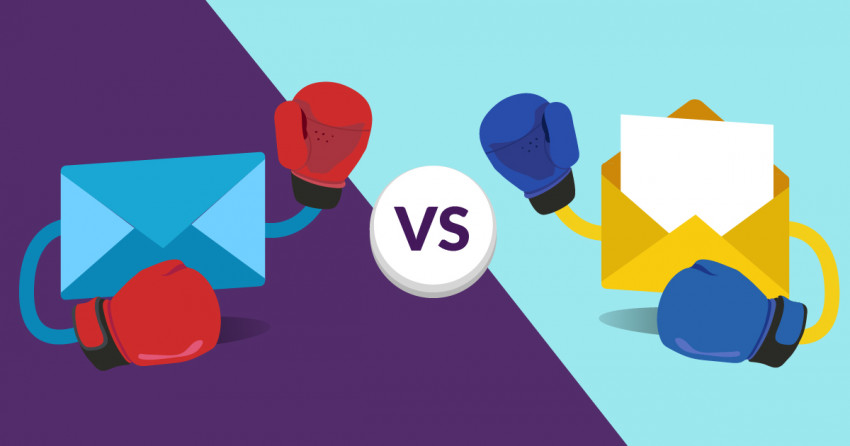
![Drip vs Mailchimp: Read Our Advice Before You Sign Up [2025]](https://dt2sdf0db8zob.cloudfront.net/wp-content/uploads/2022/10/Vs-1-850x446.jpg)
![Drip vs Mailchimp: Read Our Advice Before You Sign Up [2025]](https://dt2sdf0db8zob.cloudfront.net/wp-content/uploads/2022/08/Emily-Robin.jpg)
![MailerLite vs ConvertKit: Read This Before You Sign Up [2025]](https://dt2sdf0db8zob.cloudfront.net/wp-content/uploads/2022/10/Vs-850x446.jpg)


